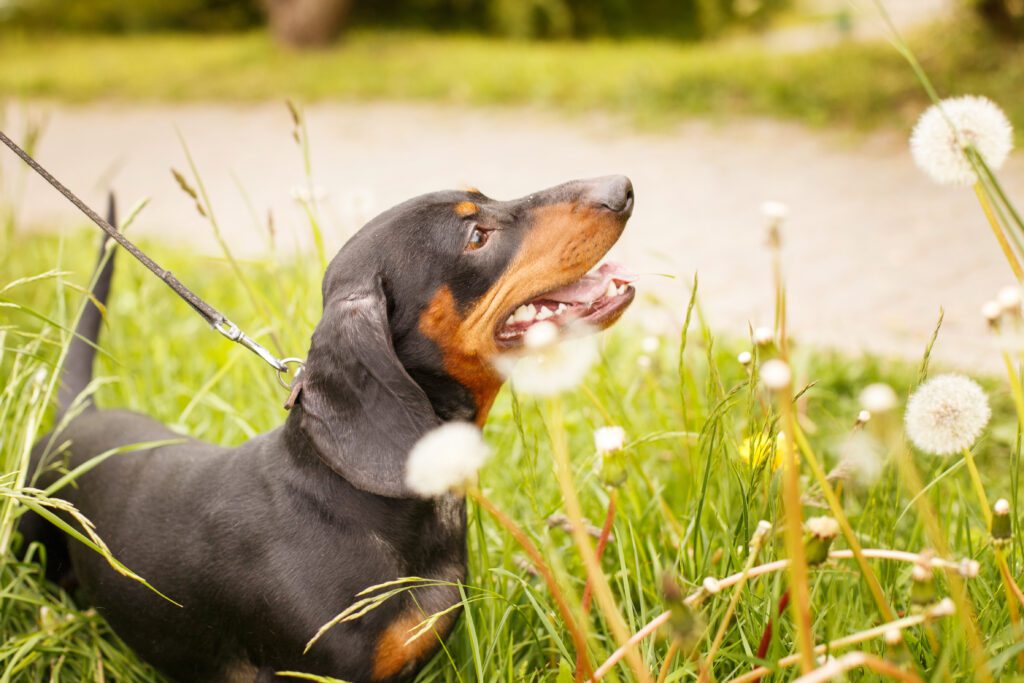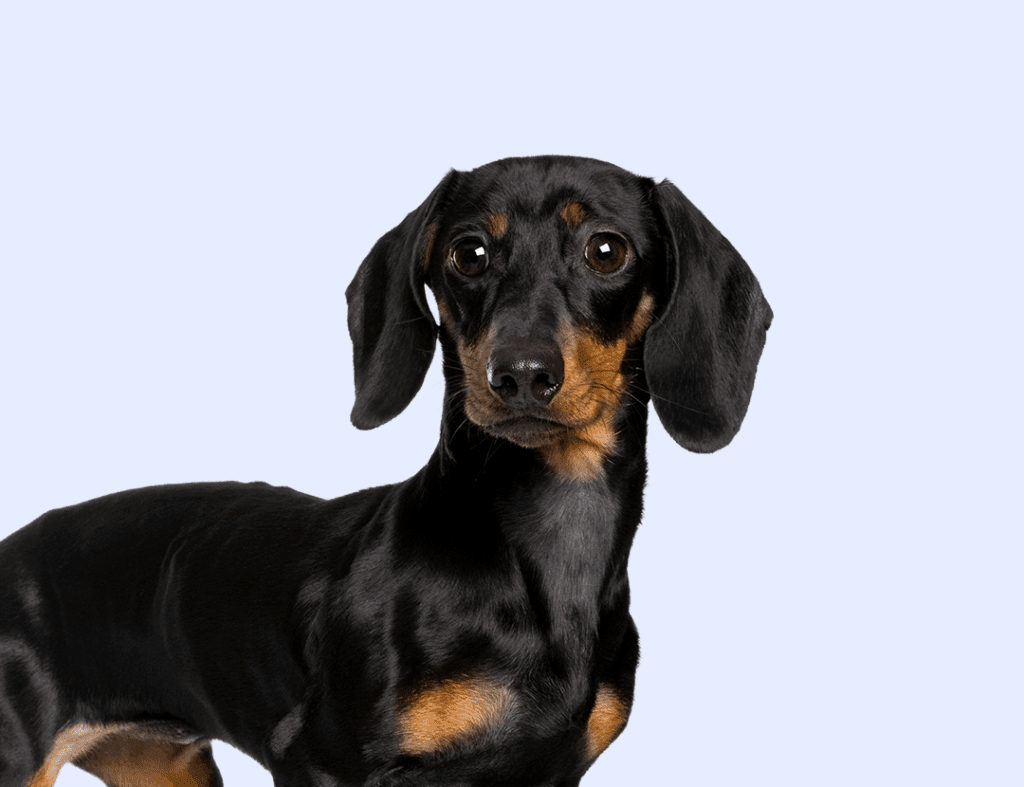The Hot Dog with a Big Heart
The Dachshund, affectionately known as the “wiener dog” or “sausage dog,” is one of the most recognisable breeds in the world. Originating in Germany, Dachshunds were bred to hunt badgers and other burrowing animals. Their long, low bodies and strong legs made them excellent at digging and manoeuvring underground.
Today, they are cherished as companion dogs while still retaining their hunting spirit. Dachshunds are lively, curious, and courageous — sometimes even a little stubborn. They are highly loyal to their families and can be protective, making them excellent watchdogs despite their small size.
This breed is playful and affectionate but can also be independent. They thrive in homes where they receive plenty of attention, exercise, and mental stimulation. Dachshunds can adapt to apartment living but benefit from daily walks and play. Due to their long backs, care should be taken to prevent jumping from heights, as this can lead to spinal injuries.



